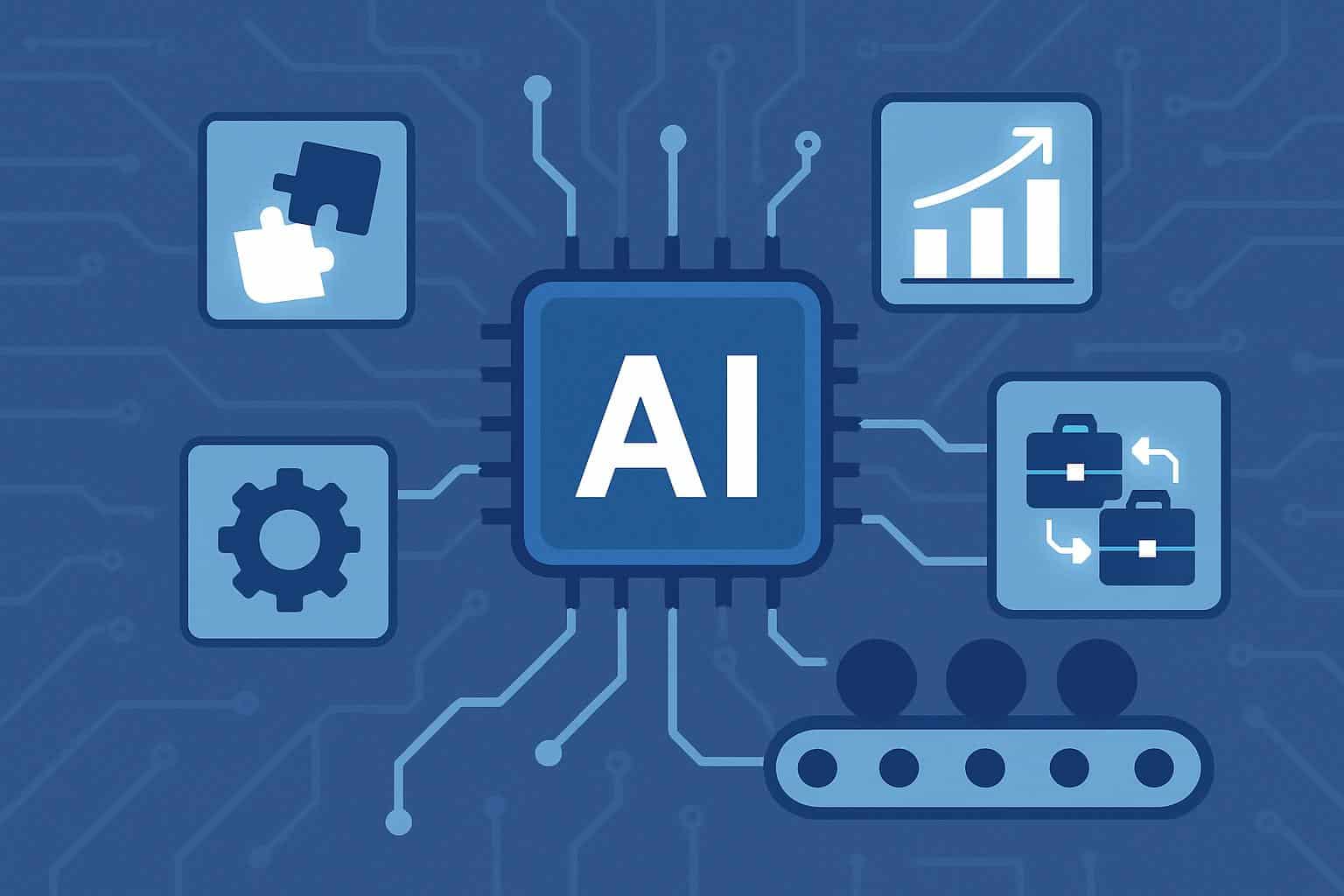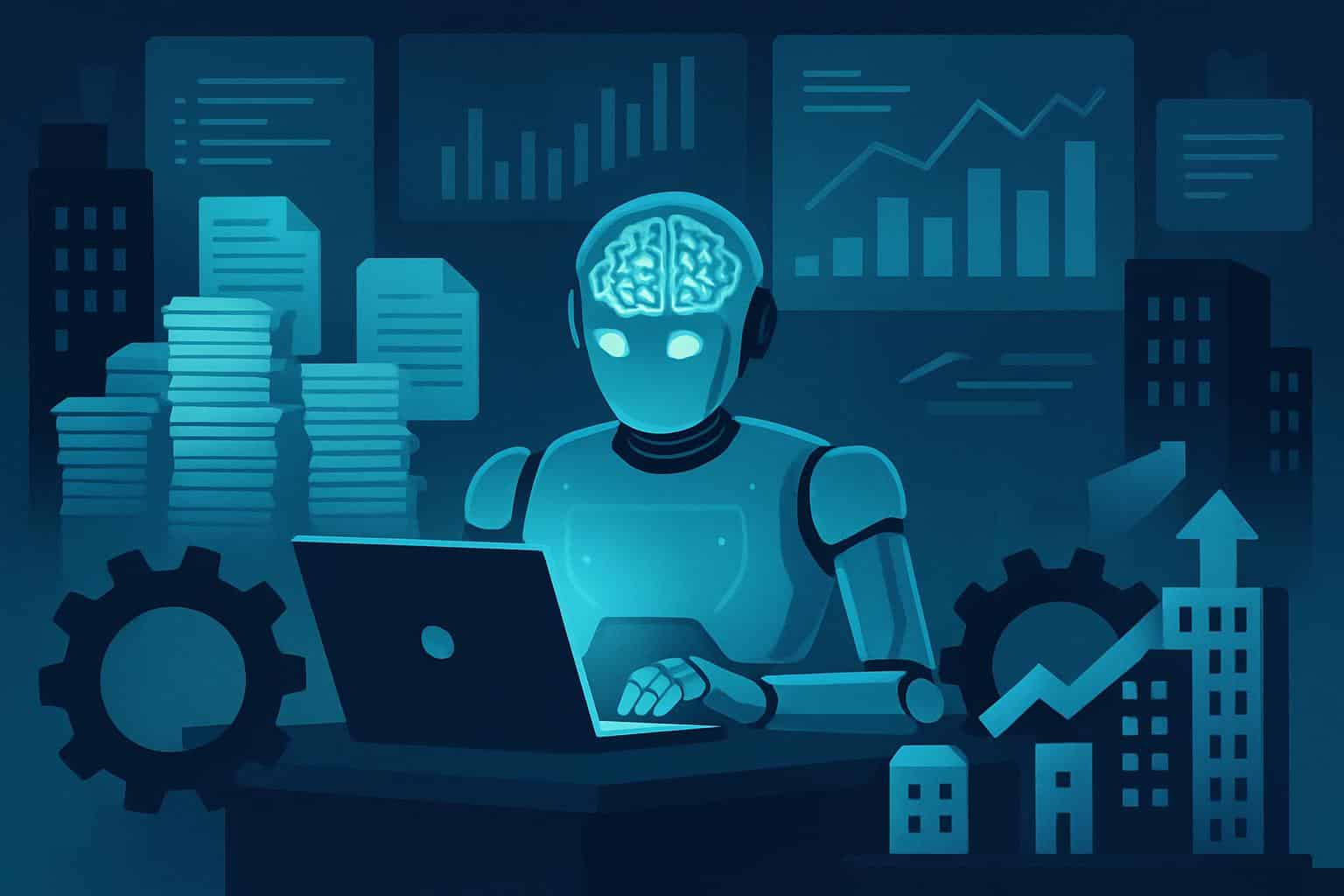Generative AI has quietly become a fixture in corporate dealmaking. Now, a fresh survey of 1,000 senior business leaders out Monday from Deloitte finds that 86% use generative AI in some capacity in their mergers and acquisitions process; use jumped by two-thirds over just the last year. In a field that for decades has been dominated by spreadsheets, data rooms and endless cycles of diligence, it’s an extraordinary shift.
What has changed is not the centrality of human judgment but the kit around it. Companies are repurposing AI to scour through huge document troves, process market signals and write early-stage materials, speeding up the front end of deals but without replacing bankers, lawyers or operators who make the final calls.
- Why M&A Is AI’s Counterintuitive Sweet Spot
- Where AI Fits in the End-to-End Deal Lifecycle
- Pipeline sourcing and prioritization
- Early legal drafting
- Due diligence summaries
- Integration planning
- Valuation and deal pricing remain human-led
- The Guardrails the Businesses Are Building
- Measuring Impact Without the Generative AI Hype
- What’s Next for AI in Complex Global M&A Deals

Why M&A Is AI’s Counterintuitive Sweet Spot
Dealmaking creates reams of unstructured data — target lists, filings, contracts, customer cohorts and integration playbooks. That’s precisely where big language models and retrieval-based systems shine. Deloitte’s results reveal that use is concentrated at the early stages of the lifecycle, with both strategy development and market assessment (both quoted by 40% of respondents) and drafting early legal documents (48%) being two of the most popular applications.
Practically speaking, AI can assist teams in screening thousands of potential targets by pulling dynamic metrics (from S-1s and other disclosures), clustering companies into segments or niches, pinpointing outliers within sectors showing the greatest momentum and generating a first-draft investment thesis based on cited evidence. It also consolidates market landscaping by organizing analyst commentary, earnings transcripts and regulatory filings to present a digest of comparable insights which provide direction as to whether you should sign an LOI or leave the party.
Where AI Fits in the End-to-End Deal Lifecycle
Pipeline sourcing and prioritization
Teams turn to generative AI to synthesize open-source data, vendor datasets and internal CRM notes in order to unearth candidates that meet nuanced criteria, from product overlap to geographic synergies.
Early legal drafting
Models help lawyers with first-pass drafts of NDAs, term sheets and LOIs. Attorneys then polish verbiage and validate adherence to expectations, shortening cycle time while maintaining accountability.
Due diligence summaries
Tools that use AI can summarize data room documents, extract important clauses from contracts and flag anomalies for expert review. Mature offerings in contract analytics, previously employed by a number of firms for years, are now enhanced with generative layers that generate more transparent, context-aware briefs for deal teams.
Integration planning
Once the signature hits, AI assists with mapping your org structures, harmonizing product catalogs and even, through RPA champions, drafting communication plans — providing an early head start to integration leaders for value capture and risk mitigation.
Valuation and deal pricing remain human-led
Work is more often manual on valuation and deal pricing, used less frequently by respondents but in areas where model risk, auditability and governance level standards are higher. That boundary represents a healthy division of labor: AI does synthesis and drafting, humans own judgments associated with capital allocation and fiduciary responsibility.

The Guardrails the Businesses Are Building
Rapid adoption hasn’t eliminated caution. Deloitte’s survey identifies top concerns: data security (67%), data quality (65%), model reliability (64%) and ethics and bias — which is top for 62%. Investing in upskilling so that deal teams can use these tools competently and safely is the approach of over half of organizations (57%).
Best practices are starting to emerge:
- Private instantiations of models instead of public interfaces
- Retrieval-augmented generation in order to ground outputs in accepted sources
- Strict access control for rooms containing sensitive data
- Human-in-the-loop reviews
- Red-teaming against hallucination and bias
Legal and compliance departments are helping shape usage policies around fair disclosure, confidentiality, data residency, that they expect to face scrutiny from regulators and the board.
Measuring Impact Without the Generative AI Hype
There has been a transition from ‘pilots to production’ in cases where leaders are looking for measurable return; and spending on generative AI is also expected to ramp up over time, according to Deloitte. But for many organizations, proving ROI remains a struggle. The most credible wins are operational — faster time to first offer, increased diligence coverage, lower instances of red flags slipping through the cracks and more predictable integration planning.
- Faster time to first offer
- Increased diligence coverage
- Fewer red flags slipping through the cracks
- More predictable integration planning
Expectations are no small thing: 83% say generative AI will have a moderate or significant influence on M&A decision making, according to Avanto’s survey. That is in tune with Gartner’s research that calls decision intelligence — marrying AI and structured decision modeling — a central business trend. For deal teams, that means scenario testing on macro shifts, customer churn sensitivity and supply chain disruptions with clear audit trails for how inputs inform recommendations.
What’s Next for AI in Complex Global M&A Deals
Short-term, the direction is toward deeper integration with virtual data rooms, equity research platforms and internal knowledge bases, producing secure queryable copilots that live from sourcing to integration. As data governance matures and upskilling grows, AI probably will transition from serving as a helpful scribe to being a proactive analyst — surfacing risks sooner, stress-testing integration roadmaps, even testing assumptions about synergy.
But the center of gravity will still lie with human experts. Those are the firms that will win: those that marry domain judgment with disciplined use of AI: clear guardrails, high-quality data sets, measurable KPIs and a culture that treats the technology as an accelerator not an autopilot. If Deloitte’s estimates are any indication, the next M&A playbook is already being drafted — one prompt, one diligence memo and one more-informed decision at a time.

